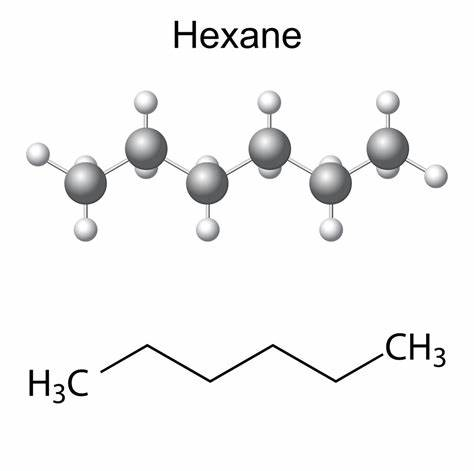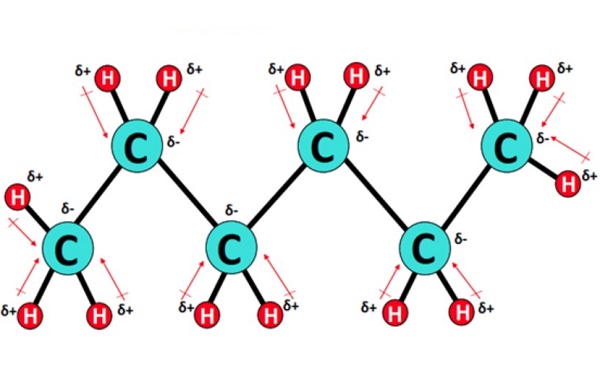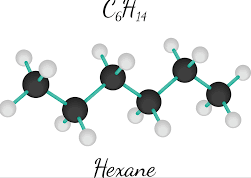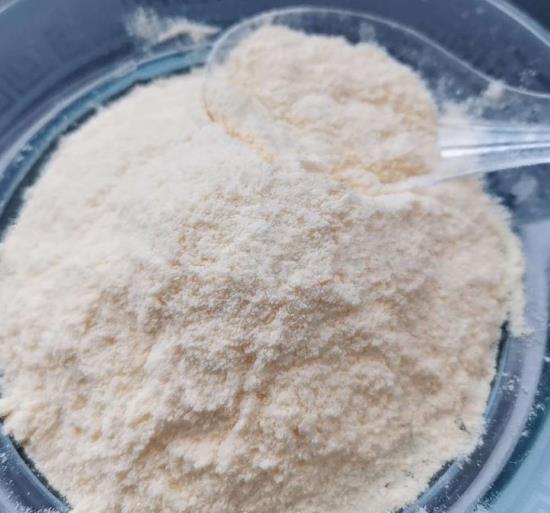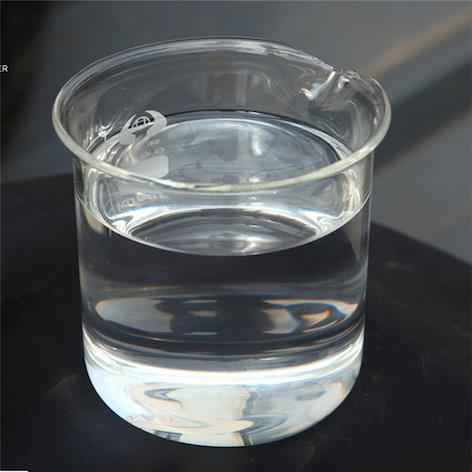Hexane: Preparation, Uses and Toxicities
General Description
Hexane (CAS 110-54-3) is an organic solvent that is classified as a straight-chain neutral aliphatic hydrocarbon. It is a colorless and volatile petroleum distillate that is relatively insoluble in water, and it is present as a minor component of gasoline. Because of its low water solubility and volatility, it would have a propensity to migrate to the atmosphere following an environmental release and would not pose a hazard to the food web. Human exposure may occur by dermal contact or inhalation. The mechanism of acute toxicity is nonspecific narcosis (similar to volatile anesthetic compounds). Hexane had widely been used as a universal solvent until it was discovered that chronic exposure causes delayed distal polyneuropathy. This key adverse effect is caused by the n-hexane metabolite, 2,5-hexanedione. Hexane is not mutagenic and carcinogenic. Clinical management following exposure would consist of moving the victim away from the source and into fresh air (e.g., outdoors). Regulatory standards are available for occupational exposure to n-hexane. The ecotoxicity of n-hexane is relatively low.1
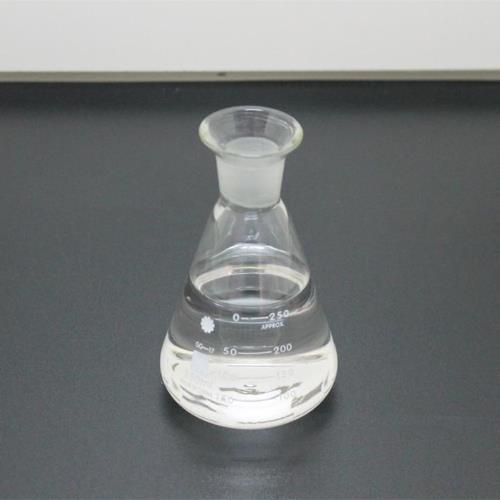
Figure 1. Properties of Hexane
Preparation
Hexanes are obtained chiefly by crude oil refining. This fraction's exact composition largely depends on the oil source (reformed or crude) and the refining constraints. The industrial product (in general, around 50% by straight-chain isomer weight) is given as the fraction boiling at 65-70 °C.2
Applications
Industrially, hexanes can be used in the formulation of glues for shoes, roofing, and leather products. They can also be used to extract cooking oils (like soy oil or canola oil) from seeds, for degreasing and cleaning a variety of items, and in the manufacturing of textiles. Commonly, in the United States, they are used in food-based soybean oil extraction, and also they are potentially present as contaminants in all those soy food products where the technique can be used; the lack of regulation by the FDA (Food and Drug Administration, the USA) of this contaminant is some controversy matter.2
One of the typical laboratory hexanes used is to extract grease and oil contaminants from water and soil for analysis. Since the hexane solvent or hexane compound cannot be easily deprotonated, it can be used in the laboratory for reactions, involving the stronger bases, like the organolithiums preparation. As an example, typically, butyllithiums are supplied as a hexane solution.2
In general, hexanes are used as a non-polar solvent in chromatography. Higher alkanes exist as impurities in hexanes that contain the same retention times as that of solvent, which means that the fractions containing hexane also contain these impurities. In the case of preparative chromatography, the large volume of hexane concentration can result in a sample, which is appreciably contaminated by alkanes. This can result in a solid compound being obtained as an oil, and the alkanes may interfere with the analysis.2
Toxicity
Acute exposure to hexane causes CNS depression. Chronic exposure to an average air concentration of 450–650 ppm for as little as 2 months may result in peripheral neuropathy, characterized by muscular weakness, loss of sensation, and impaired gait. Hexane has been reported to be the most highly toxic member of the alkanes. When hexane is ingested, it causes nausea, vertigo, bronchial irritation, general intestinal irritation, and CNS effects. Like other petroleum solvents, it poses an acute aspiration hazard. It has been reported that 50 g of hexane may be fatal to humans. An exposure of 880 ppm for 15 min can cause eye and upper respiratory tract irritation in humans. Blurred vision has been mentioned in association with hexane polyneuropathy. It was concluded that hexane vapor levels of <100 ppm for 8 h per day were not likely to produce a clinical neuropathy, but mild subclinical changes in muscle strength and nerve conduction velocity may occur. In humans, 2000 ppm of n-hexane for 10 min resulted in no effects. However, 5000 ppm caused dizziness, giddiness, slight nausea, headache, and eye and throat irritation.3
Hexane is a common cause of distal axonal neuropathy in "glue sniffers syndrome", i.e., persons who "huff" or inhale the fumes of glue to obtain a narcotic "high". Rubber cement is a typical glue used for this dangerous habit, and many glue sniffers end up seriously and permanently disabled.4
Hexane was found to be negative when tested for mutagenicity using the Salmonella Ames test following the standard protocol approved by the National Toxicology Program. Hexane was tested in as many as five Salmonella typhimurium strains in the presence and absence of rat and hamster liver detoxification enzymes at doses of 0.001, 0.003 3, 0.010, 0.033, 0.100, and 0.333 mg per plate. Some cultures exhibited slight clearing of the background bacterial lawn at the two highest doses tested.3
Mechanism of Toxicity
Acute exposure usually occurs by inhalation, but hexane may also be absorbed orally or percutaneously. Following inhalation
exposure, hexane is absorbed into the circulation and transported to the liver, the major site of metabolism .
In the liver, hexane is metabolized to various metabolites that are then distributed in the blood to various organs and tissues
(particularly tissues rich in fat such as kidney and brain). Hexane is believed to be metabolized through CYP monooxygenases
(e.g., CYP2E1) to form either 1- or 3-hexanol in a detoxification pathway or 2-hexanol in a bioactivation pathway. Through
the bioactivation pathway, 2-hexanol is then converted to 2-hexanone and 2,5-hexanediol. These are believed to be converted to
5-hydroxy-2-hexanone, which is then converted to the major toxic metabolite, 2,5-hexanedione. This compound is used as a
biomarker in human urine to assess previous exposure to hexane. Another quantitatively important urinary metabolite of
n-hexane in humans is 4,5-dihydroxy-2-hexanone. When treated with acids ("acid hydrolysis") this releases water and is also
converted to 2,5-hexanedione.4
Identification of 2,5-hexanedione as the major neurotoxic metabolite of hexane proceeded rapidly after its discovery as a urinary metabolite. 2,5-Hexanedione has been found to produce a polyneuropathy indistinguishable from hexane. 2,5-Hexanedione is many times more potent than hexane, the parent compound, in causing neurotoxicity in experimental animals. It appears that the neurotoxicity of 2,5-hexanedione resides in its g-diketone structure since 2,3-, 2,4-hexanedione and 2,6-heptanedione are not neurotoxic, while 2,5-heptanedione and 3,6-octanedione and other g-diketones are neurotoxic.5
Environmental Fate
If released to air, hexane will exist solely as a vapor in the ambient atmosphere (n-hexane has a vapor density of 2.97 and is heavier than air). The vast majority of hexane released to the environment is associated with the petroleum industry and the combustion of gasoline. Hexane will exist solely as a vapor in the ambient atmosphere. Vapor-phase hexane will be degraded in the atmosphere by reaction with photochemically produced hydroxyl radicals; the half-life for this reaction in air is estimated to be 3 days.4
If released into water, hexane is not expected to be adsorbed to suspended solids and sediment based on an estimated Koc of 150. Volatilization from water surfaces is expected to be an important fate process based on this compound's estimated Henry's Law constant. Estimated volatilization half-lives for a model river and model lake are 1 h and 3 days, respectively. Hydrolysis would not be an important environmental fate process since this compound lacks functional groups that hydrolyze under environmental conditions.6
If released to soil, hexane is expected to have high mobility based on a relatively low Koc. Hexane may volatilize from dry soil surfaces based on its vapor pressure. Volatilization from moist soil surfaces is also expected to be significant. Screening studies suggest that hexane will undergo biodegradation in soil and water surfaces, but volatilization is expected to be the predominant fate process in the environment. Some species of Pseudomonas bacteria, which are ubiquitous in soil and sediment, are able to metabolize hexane, so low-level contamination seen in groundwater is thought to naturally attenuate with time, reducing the risk to humans.4
References
1. Bolt, Hermann M. "Hexane." (2022).
2. https://www.vedantu.com/chemistry/hexane
3. U.S. Agency for Toxic Substances and Disease Registry (ATSDR), 1999.
4. Hazardous Substances Databank (HSDB), 2011.
5. LoPachin PM and Gavin T (2015) Toxic neuropathies: mechanistic insights based on a chemical perspective. Neuroscience Letters 596: 78–83.
6. Filser JG, et al. (1987) Pharmacokinetics of the neurotoxin n-hexane in rat and man. Archives of Toxicology 60: 77–80.
7. U.S. Environmental Protection Agency (EPA), 2018.
Related articles And Qustion
See also
Lastest Price from Hexane manufacturers

US $10.00/KG2025-04-21
- CAS:
- 110-54-3
- Min. Order:
- 1KG
- Purity:
- 99%
- Supply Ability:
- 10 mt
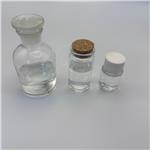
US $0.00-0.00/kg2025-04-21
- CAS:
- 110-54-3
- Min. Order:
- 1kg
- Purity:
- 99.99%
- Supply Ability:
- 20 tons

